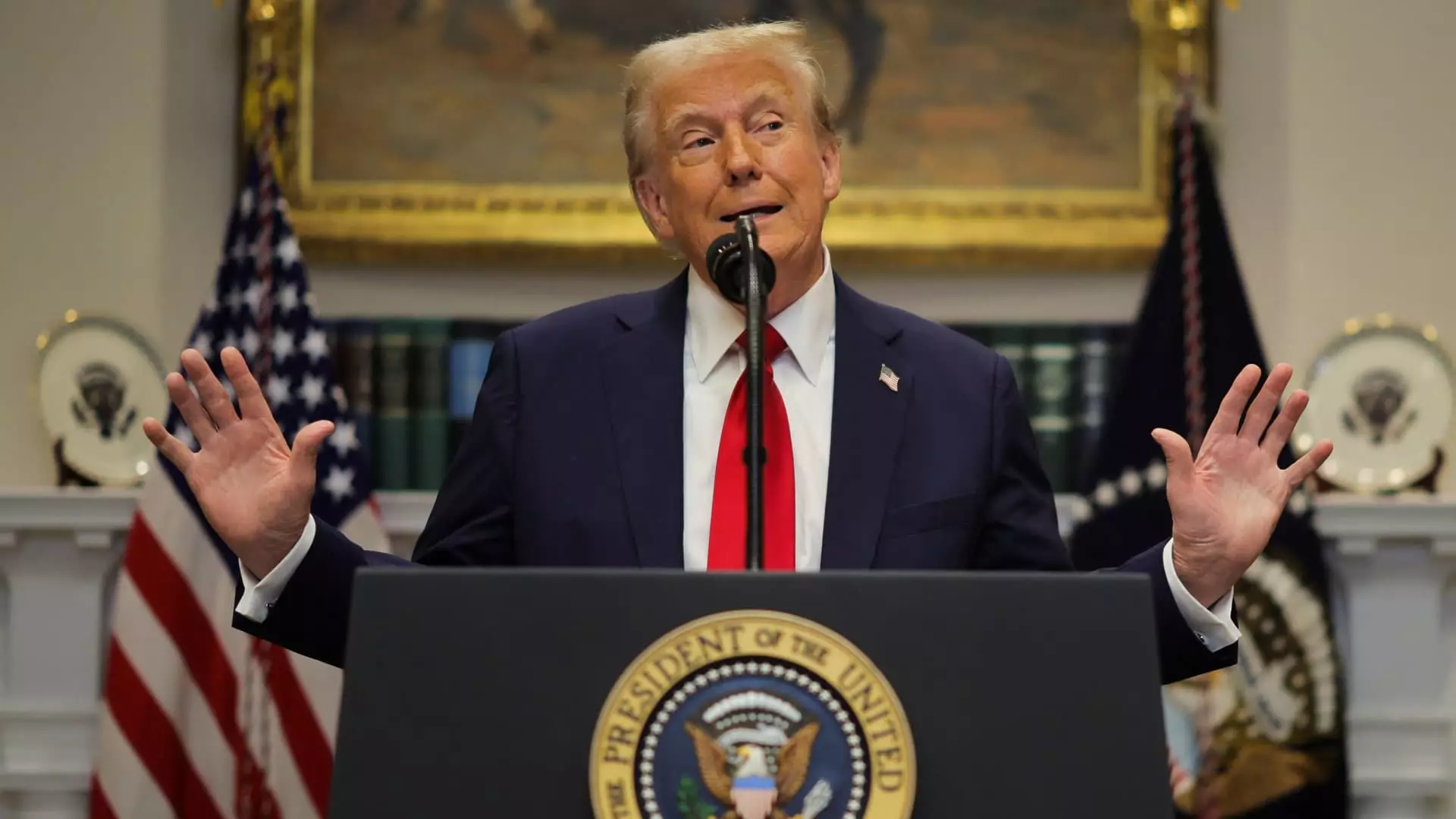In the wake of rising concerns over trade and drug trafficking, former President Donald Trump has reignited the debate over tariffs on China, Mexico, and Canada. The proposed measures, specifically a 10% tariff on Chinese imports and potential 25% levies on Mexico and Canada, reflect a blend of economic strategy and political maneuvering. This article seeks to dissect these proposals, their motivations, expected outcomes, and the broader context within which they exist.
Trump’s rationale for the 10% tariff on China centers around the opioid crisis, particularly relating to fentanyl trafficking across North America. Fentanyl, a powerful synthetic opioid, has contributed to numerous overdose deaths in the United States. Within this narrative, Trump posits that China is complicit in the distribution of fentanyl precursors to drug cartels in Mexico, which are then disseminated throughout the U.S. The implication here is that imposing tariffs on Chinese goods serves a dual purpose: it targets drug trafficking infrastructure while also attempting to reinvigorate American manufacturing through reduced competition from China.
The former president’s administration has historically argued that tariffs can act as a negotiating tool in trade discussions, using economic pressures to encourage compliance with U.S. demands. While the practicality of tariffs as an effective measure in reducing drug trafficking is debatable, Trump’s team appears to be positioning the tariffs as a means to show action amid a complex issue.
The Peterson Institute for International Economics warns that if an additional 10% tariff is enacted on China, the repercussions extend beyond immediate trade relations—potentially diminishing the U.S. GDP by $55 billion over four years of Trump’s second term. This highlights a critical aspect of tariffs; they can unintentionally affect the economy at large, resulting in higher prices for consumers and reduced economic output. Additionally, similar tariffs imposed by China on American goods can exacerbate this economic downturn, creating a cycle of retaliatory measures that could lead to a prolonged trade conflict.
Moreover, the proposed tariffs on Mexico and Canada could introduce further strain on North American trade relations. Trump’s narrative around these countries centers on immigration and border control, suggesting that economic measures are a method to compel cooperation on broader policy issues. However, this approach risks alienating key trading partners and could lead to instability in international agreements essential for regional commerce.
China’s response to the proposed tariffs reflects an underlying apprehension regarding protectionist policies. Vice Premier Ding Xuexiang’s remarks at the World Economic Forum sidebar emphasized the notion that “there are no winners in a trade war,” urging for a collaborative approach to foster economic globalization. This illustrates the delicate balance that must be maintained in international trade, wherein escalations in tariff disputes can have global ramifications, affecting economies far beyond the immediate parties involved.
The initial strengthening of the offshore Chinese yuan, which later weakened, underscores the volatility of currency in response to tariff news. Fluctuations like these can create instability in international markets, impacting global trade dynamics and investor confidence. As the U.S.-China economic relationship is already complicated, any additional strife tied to tariffs only complicates an already intricate economic web.
In the face of these proposed tariffs, policymakers must weigh the intentions behind them against the potential fallout they may incite. While addressing the opioid crisis is undoubtedly a public health priority, the approach taken to tackle this issue should not inadvertently destabilize vital economic relationships. Instead, a collaborative, multifaceted strategy that encompasses law enforcement, drug policy reform, and international cooperation may yield better results than the imposition of tariffs alone.
As Trump campaigns for re-election in 2024, his approach to these tariffs will be pivotal in shaping both his political narrative and the economic landscape. Ultimately, a nuanced evaluation of the desired outcomes versus potential unintended consequences will be essential for navigating this complex policy terrain—a lesson that extends beyond the immediate realm of U.S.-China relations and touches on global economic practices.

